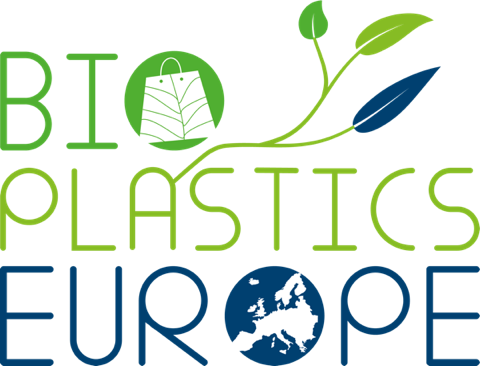Improving formulations to increase performance of bio-based plastics
By Pauline Moreau (NaturePlast, France)

Pictured: Charpy impact test on a test bar (Source: NaturePlast).
In order to replace conventional plastics with bio-based and biodegradable alternatives, the new compounds must be as adaptable and provide the same range of possible applications. In the BIO-PLASTICS EUROPE project several applications were chosen to explore the versatility of the developed bio-based and biodegradable plastics. The formulation of materials not only relies on the strengths of the selected biopolymers, but also adds specific functional additives to limit their weaknesses. Round I of tests managed to gather preliminary results on first modified materials. Round II is now being prepared.
The first application NaturePlast is developing, in collaboration with other project partners, is a rigid toy made of PHA. This biopolymer has the ability to biodegrade in multiple environments without releasing harmful substances. However, the tests carried out in round I showed that the material remains fragile which is not desirable for a toy that will be put in the hands of small children.
That is why NaturePlast has studied the effect of various biobased and/or biodegradable additives to increase flexibility and impact resistance of the neat material. Addition of components such as plasticizers enable the material to be softened, which has been demonstrated by carrying out impact resistance tests (such as the Charpy impact test) on small samples. As a next step, specific tests will be carried out during round II to assess the addition of new plasticizers and additives in PHA and to make sure that they have not increased the harmfulness of the material.


